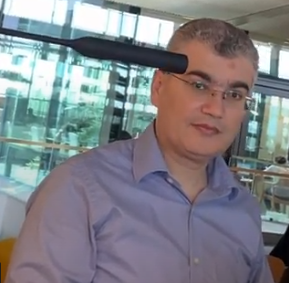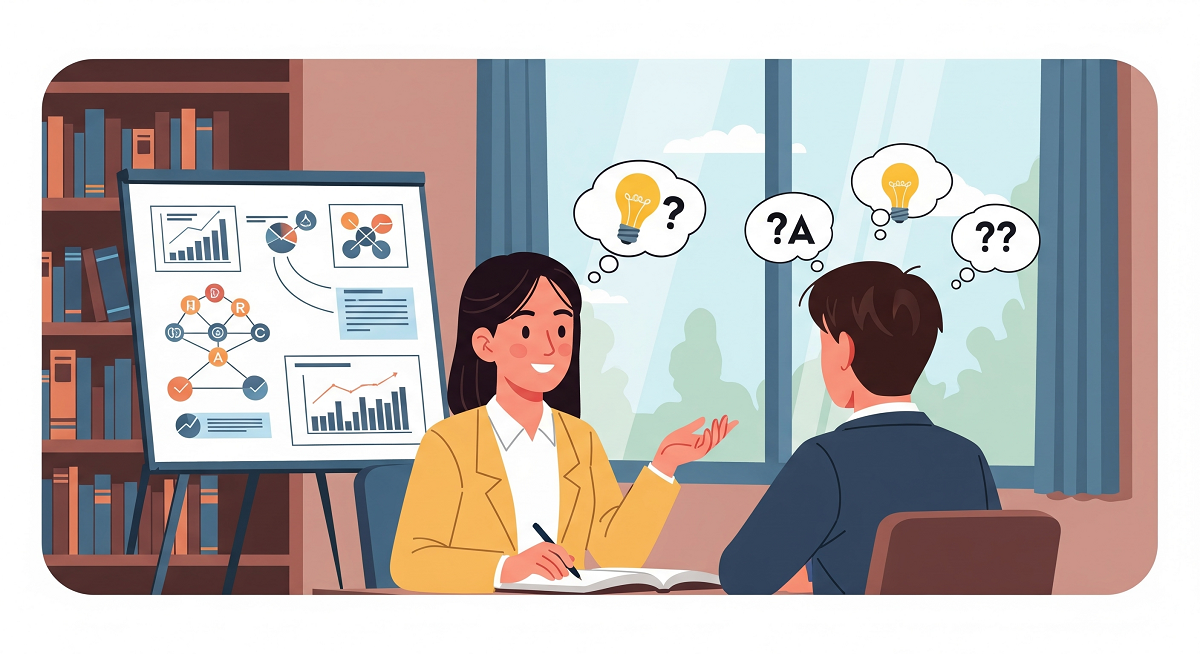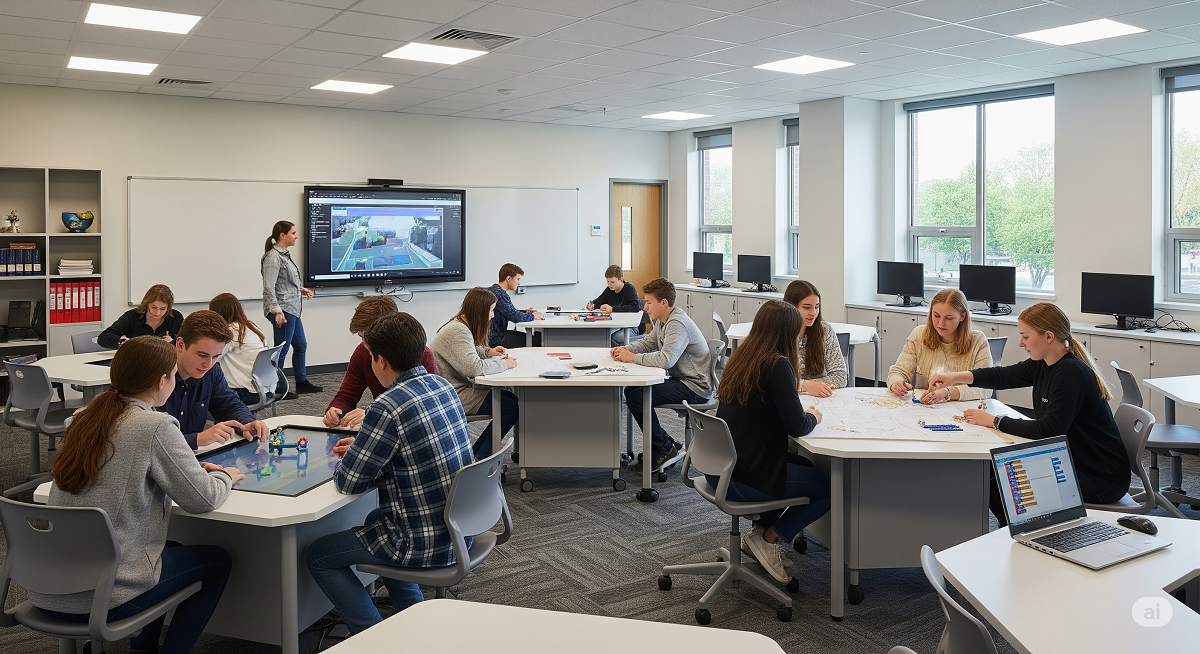Active Learning: Engage Minds, Transform Classrooms
Introduction
“Active learning” isn’t just buzzwords—it’s a research-backed approach that transforms teaching by putting students at the center. Let’s explore what it is, why it matters, and how to weave it into your classroom.
What Is Active Learning?
Michael Prince (2004) defines active learning as any instructional method that requires students to do meaningful learning activities and think about what they are doing. It’s built on earlier work by Bonwell and Eison.
Active vs. Engaged Learning
Although related, active learning isn’t exactly the same as engaged learning (U-M). Engaged learning involves authentic, participatory experiences where students and stakeholders are emotionally or practically invested in outcomes.
Inside an Active Learning Classroom
Here, students don’t just receive information—they wrestle with it. Activities include:
-
Collaborative problem-solving and debates
-
Critical analysis of content
-
Group projects fueled by discussion rather than lecture
-
Pre-class exposure to material to free up in-class time for hands-on work
Instructors act as facilitators, helping rather than leading from the front.
Research-Proven Benefits
-
Hake (1998): Active, interactive physics courses produced more than double the conceptual learning gains compared to traditional lectures.
-
Freeman et al. (2014): A STEM-wide meta-analysis found average exam gains of ~6% with active learning, and 1.5× higher failure rates in lecture courses.
Simple Implementation Pathways
You don’t need to revamp your course. Start by:
-
Reflecting on existing elements that can become active.
-
Adding targeted active-learning strategies.
-
Using U–M’s examples and tips to guide design.
Support from the Center for Research on Learning and Teaching (CRLT)
CRLT provides:
-
Reflection prompts
-
Techniques to integrate active learning effectively
-
Faculty examples
-
Research and discipline-specific resources
Their blog, consultations, and downloadable tools are ready support.
Final Thoughts
Active learning isn’t a set of flashy tools—it’s a shift, from passive consumption to active engagement. With evidence showing improved learning and lower failure rates, it’s well worth the effort for educators ready to make their classrooms more dynamic and impactful.
💡 Want to Master Learning and Coding with a Proven Expert?
I’m Ahmed Elmalla, founder of Learn With Kemo, with 19+ years of experience teaching Computer Science, coding, and exam preparation to students from over 10 countries — including high-profile clients in Malaysia.
I specialize in:
✅ IGCSE, AP, IB Computer Science — full syllabus coverage and exam strategies
✅ Python, Java, C++, VB.NET — beginner to advanced programming
✅ Real-world project guidance — Android apps, automation, data analysis, and more
✅ Patient, tailored lessons — perfect for both quick learners and those who need extra time
🚀 Whether you’re a student preparing for a major exam, working on a university project, or building coding skills from scratch, I’ll help you achieve your goals with proven methods.
📲 Message me directly on WhatsApp to book your free 30-minute trial class: Click Here to Chat








